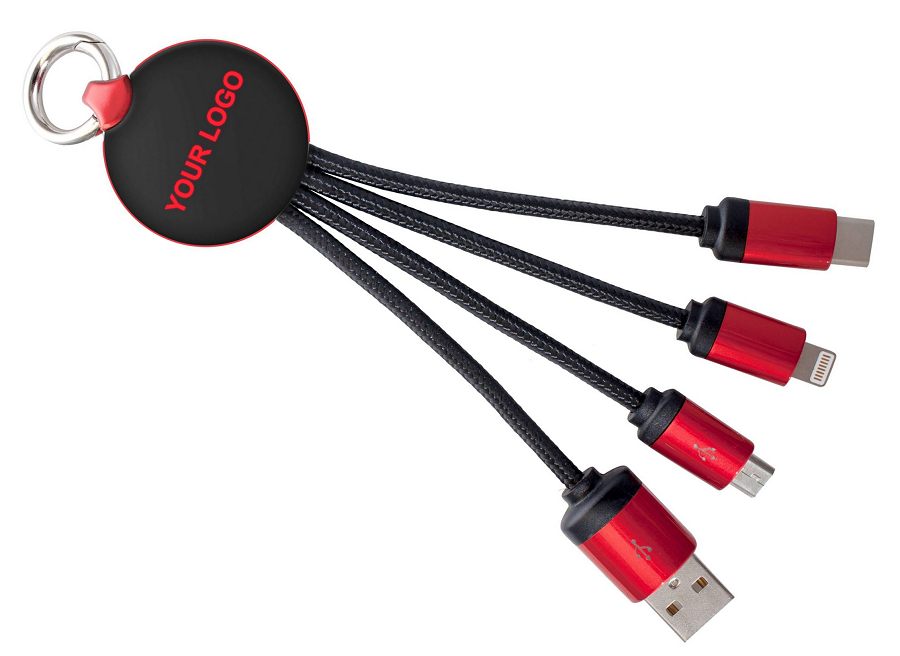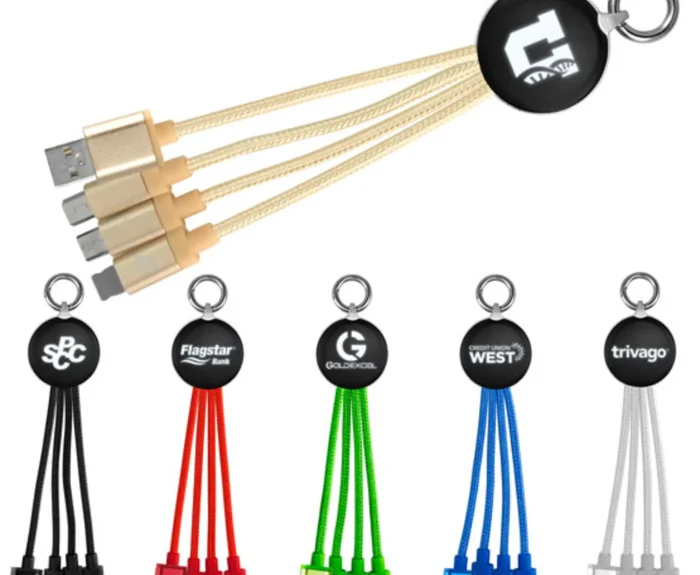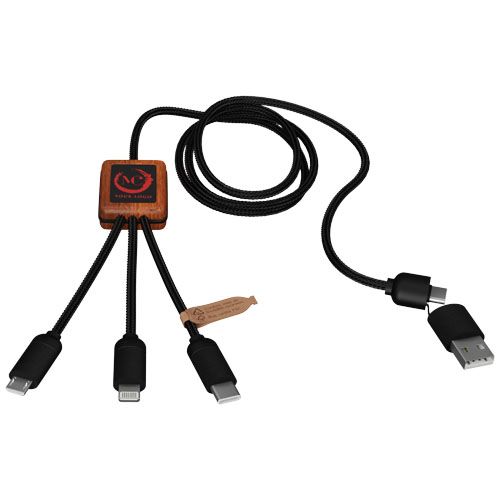Inside China’s Charging Cable Factories
In the bustling heart of China’s manufacturing sector lies a world of innovation and productivity, where cutting-edge technology and meticulous craftsmanship converge to produce the everyday essentials we often take for granted. Among these essentials are charging cables, the lifelines of our digital devices, powering our smartphones, tablets, and laptops with seamless efficiency.
Step inside any reputable charging cable China factory in China, and you’ll find yourself amidst a whirlwind of activity, where precision engineering meets the demands of a global market. These factories are not mere production lines; they are hubs of innovation, constantly evolving to meet the ever-changing needs of consumers worldwide.
At the core of these factories is a commitment to quality. Skilled technicians meticulously assemble each cable, ensuring durability and reliability that surpass industry standards. Every component undergoes rigorous testing, from the conductive wiring to the robust outer casing, guaranteeing performance that stands the test of time.
But it’s not just about functionality; aesthetics play a significant role as well. In response to consumer demand for style and personalization, many factories now offer a myriad of designs and colors, catering to every taste and preference. LED light changing cables, for instance, have emerged as a popular choice, combining utility with eye-catching visual effects.
Moreover, sustainability has become a key focus for many charging cable factories. With the global push towards environmental conservation, manufacturers are adopting eco-friendly materials and production processes, minimizing waste and carbon footprint without compromising on quality.
Collaboration is another cornerstone of China’s charging cable industry. Factories work closely with designers, engineers, and technology experts to stay ahead of the curve, incorporating the latest advancements in materials and manufacturing techniques into their products.
Innovation knows no bounds in this dynamic landscape. From ultra-fast charging capabilities to wireless charging solutions, China’s charging cable factories are at the forefront of technological advancement, driving progress and shaping the future of connectivity.
In conclusion, behind every charging cable lies a story of ingenuity and dedication, woven into the fabric of China’s manufacturing prowess. As we plug in and power up, let us not forget the remarkable journey that brings these essential lifelines into our hands, connecting us to the world in more ways than one.
Unraveling the Magic: How a Charging Cable Powers Your Devices
Have you ever stopped to ponder the marvel of a charging cable? That seemingly ordinary cord holds within it the power to breathe life into our devices, keeping them humming with energy and vitality. But how exactly does this humble accessory work its magic? Let’s unravel the mystery.
At its core, a charging cable is a conduit for electrical energy, transferring power from a power source, such as a wall adapter or a USB port, to your device. Sounds simple, right? But the intricacies lie in the cable’s construction and the principles of electricity.
Firstly, let’s talk about the conductive wiring. Inside the cable, you’ll find a series of wires typically made of copper, known for its excellent conductivity. These wires form the pathways through which electrical current flows from the power source to your device. The thicker the wire, the lower the electrical resistance, allowing for a more efficient transfer of energy.
Next, we have the insulation. Surrounding the conductive wires is a layer of insulation, usually made of materials like PVC or TPE. This insulation serves two primary purposes: to protect the wires from damage and to prevent electrical leakage or short circuits. Without proper insulation, the electrical current could escape or interact with external elements, potentially damaging your device or posing a safety hazard.
But what about those mysterious little boxes or cylinders found along the cable? Those are ferrite beads or chokes, and they play a crucial role in reducing electromagnetic interference (EMI). EMI can occur when electrical signals from the cable interfere with nearby electronic devices or when external signals interfere with the cable’s operation. Ferrite beads act as filters, absorbing and dissipating unwanted electromagnetic energy, ensuring a clean and stable power delivery to your device.
Now, let’s not forget about the connectors. These are the plugs at each end of the cable that interface with your device and the power source. They come in various shapes and sizes, from the ubiquitous USB Type-A to the versatile USB Type-C. Connectors are engineered to provide a secure and reliable connection, allowing for efficient power transfer without any loss or interruption.
So, there you have it – the inner workings of a charging cable laid bare. From the conductive wires to the insulation and the connectors, every component plays a vital role in ensuring a smooth and safe charging experience for your devices. Next time you plug in your smartphone or tablet, take a moment to appreciate the marvel of technology that lies within that seemingly ordinary cord.








